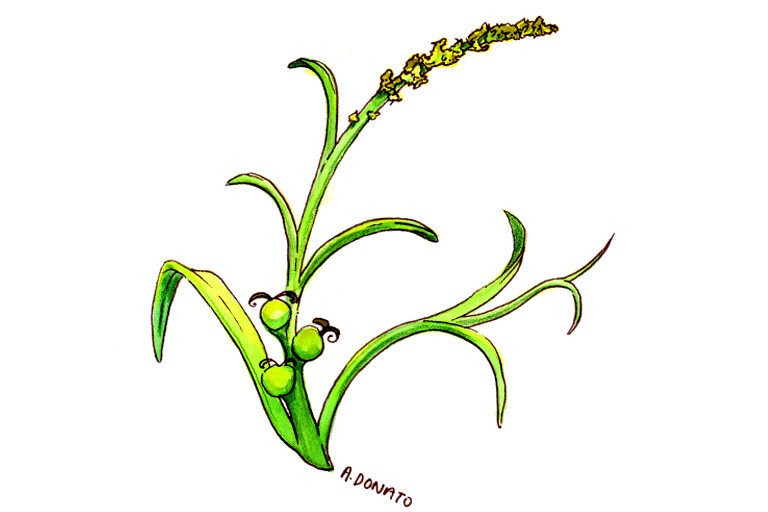
Common Names
- Stillingia treculeana
- Queen's root
- Queen's delight
- Yaw root
For Patients & Caregivers
Tell your healthcare providers about any dietary supplements you’re taking, such as herbs, vitamins, minerals, and natural or home remedies. This will help them manage your care and keep you safe.
What is it?
There is no evidence to support use of stillingia to treat cancer, infections, or other medical conditions.
Stillingia is a root extract. It is known to contain chemicals called diterpene esters, toxic irritants that can cause swelling and inflammation. One lab experiment suggested that diterpene esters can halt the growth of cancer cells, but stillingia has not been studied.
Stillingia root is one of the ingredients in Hoxsey Herbal Therapy, which is promoted as an alternative cancer treatment.
What are the potential uses and benefits?
Evidence is lacking to support claims that stillingia might be able to treat:
- Bronchitis
- Chest congestion
- Cancer as part of Hoxsey Herbal Therapy
- Constipation
- Hemorrhoids
- Laryngitis
- Skin abscesses
- Muscle spasms
- Syphilis
What are the side effects?
- Dizziness
- Burning sensation on mucous membranes
- Diarrhea
- Nausea
- Vomiting
- Muscle aches
- Skin itching/eruptions
- Cough
- Fatigue
- Sweating
For Healthcare Professionals
Scientific Name
Clinical Summary
Stillingia is an herb native to the southern United States. Its root has been used in traditional medicine to treat syphilis, bronchitis, constipation, hemorrhoids, and skin conditions. There are no clinical data to support the use of this herb for any of the proposed claims.
Stillingia contains diterpene esters that cause mucosal irritation and skin eruptions. Other reported toxicities include vertigo, diarrhea, nausea, vomiting, muscle ache, pruritus, cough, fatigue, and sweating (1).
Stillingia is an ingredient in Hoxsey Herbal Therapy, an alternative cancer treatment.
Purported Uses and Benefits
- Bronchitis
- Cancer
- Chest congestion
- Constipation
- Hemorrhoids
- Laryngitis
- Skin abscesses
- Spasms
- Syphilis
Mechanism of Action
Adverse Reactions
Toxicity: Vertigo, burning sensation on mucous membranes, diarrhea, nausea, vomiting, muscle ache, pruritus, skin eruptions, cough, fatigue, sweating (1).